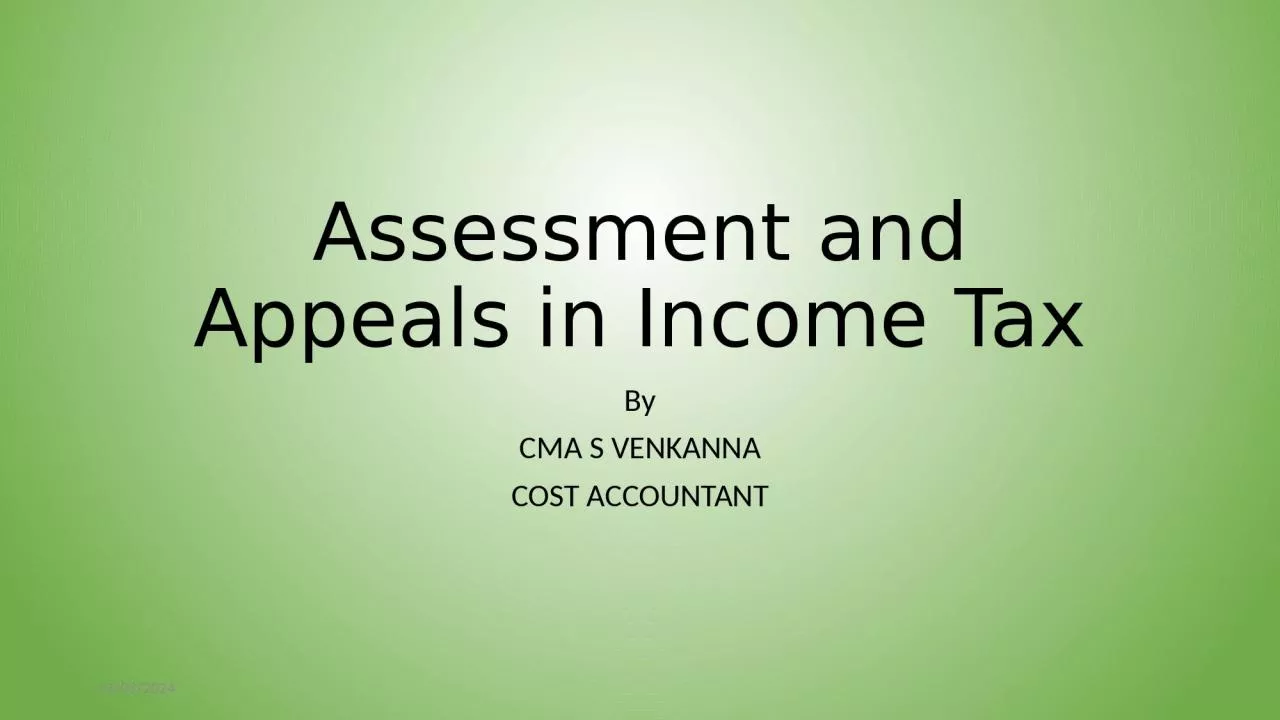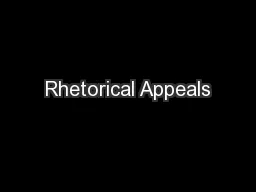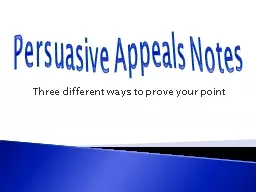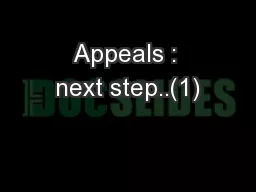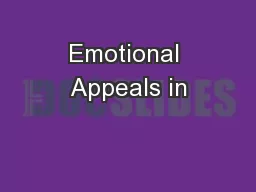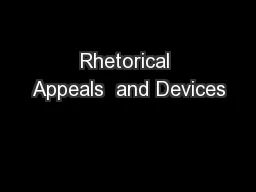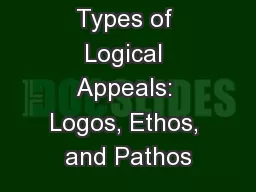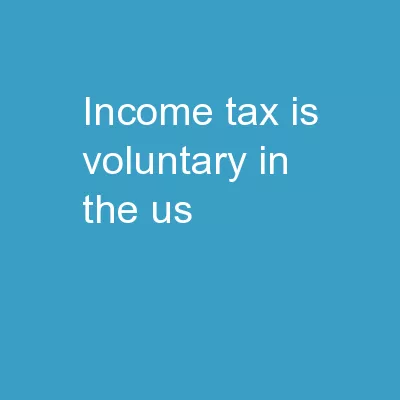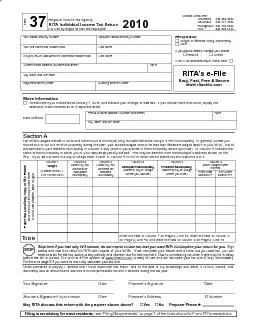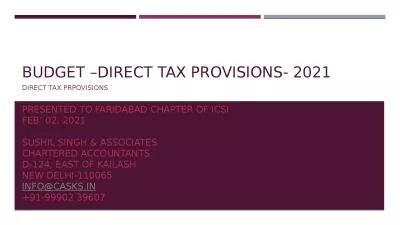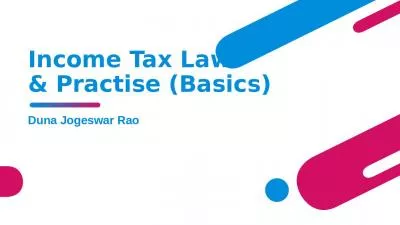PPT-Assessment and Appeals in Income Tax
Author : jocelyn | Published Date : 2023-11-07
By CMA S VENKANNA COST ACCOUNTANT 20122022 After Filing Assessment by the Department Assessment under section 1431 ie Summary assessment without calling the
Presentation Embed Code
Download Presentation
Download Presentation The PPT/PDF document "Assessment and Appeals in Income Tax" is the property of its rightful owner. Permission is granted to download and print the materials on this website for personal, non-commercial use only, and to display it on your personal computer provided you do not modify the materials and that you retain all copyright notices contained in the materials. By downloading content from our website, you accept the terms of this agreement.
Assessment and Appeals in Income Tax: Transcript
Download Rules Of Document
"Assessment and Appeals in Income Tax"The content belongs to its owner. You may download and print it for personal use, without modification, and keep all copyright notices. By downloading, you agree to these terms.
Related Documents

